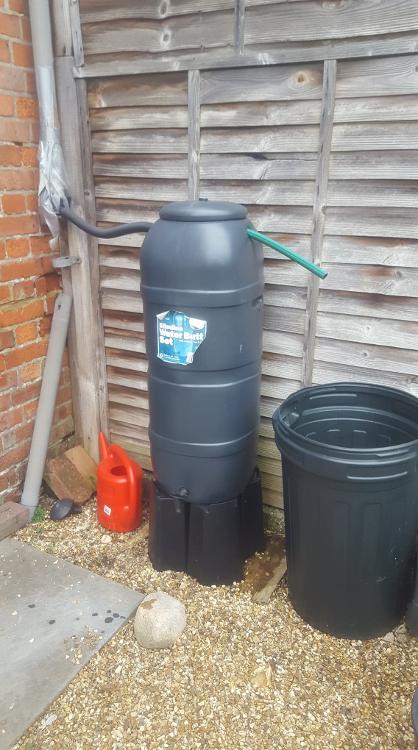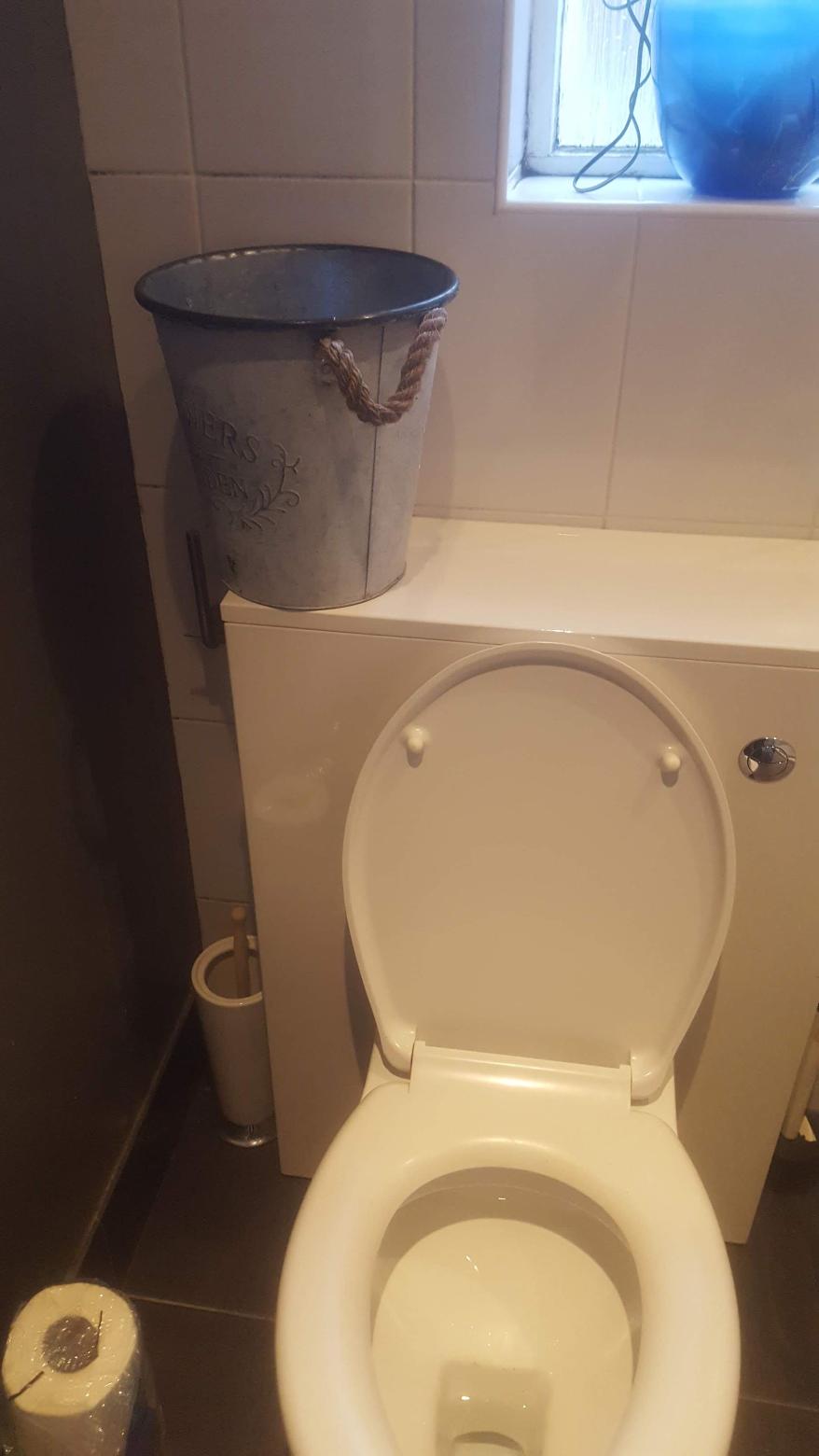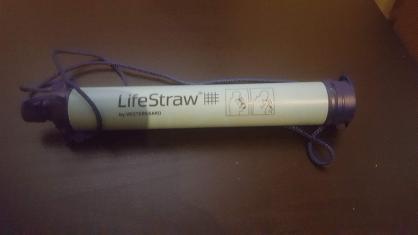WATER PROJECTs
We are using water at a rate never before seen and our ability to cope with droughts is being stretched, despite the use of modern technology in many spheres.
It does seem daft that we are using tap water (which has been cleaned to a level fit for human consumption) to do a lot of things that just don't require treated water - for example flushing toilets and watering plants.
Rainwater HARVESTING

A very simple way to save on tap water is to harvest rainwater from a roof.
Here we have simply cut a drain pipe off at about 4 feet from the ground and, in a very Heath Robinson way, diverted the water flowing from it into a water butt. This cost us ~£20. We then cut an overflow hole in it, to collect extra water in an old dustbin.
The roof the water is collected from is about 20m square and both these holders (~170 litres in total) easily get filled up from one heavy downpour.
(Bizarrely in this case there was no drain for the water to flow into, it just sank into the earth, so as well as saving water we may have prevented a future subsidence issue with this building).
We calculate that on average we fill and use this water (primarily on the garden, but also for flushing toilets) about 4 times a month - so about 8000 litres a year.
Cost: £30
Time: about 2 hours in total
Difficulty: 3/10 - got a bit fiddly to fit the element together, but nothing too bad.
Payback: Metered water is about £1.30 per 1000 litres, so about 23000 litres are need to pay it back. Therefore just under 3 years to pay back the investment. (If your water isn't metered, you pay a set price for all your water - you won't save any money - but it will make you feel good!)
The next step we'd like to take is to have a system whereby rainwater is collected and then used to flush toilets.
Clearly this would ideally be supplementary to mains water - so it would first use any rainwater collected and then only fill with tap water if this is empty.
This system is simplest on the ground floor as you can place the water tank directly outside the toilet wall in many cases and pump the water from there.
Upstairs toilets are clearly more complicated, with water either having to be stored at this level (or collected and stored in the roof). Alternatively, a much stronger pumping system would be required to get the water to where it is needed.
Using anywhere between 5 and 30 litres a flush (dependent on, primarily the age of, the toilet) - an average person uses about 50 litres a day flushing toilets, so roughly a huge 15000 - 20000 litres a year.
If we could harvest this from rainwater it would save a lot of expensively cleaned water from being used.
Cost: To be confirmed
GReywater - eg toilet flushing
If we also accept that water doesn't need to be all that clean to flush the toilet - it might be worth considering leaving water in the bath after you've had a soak and a bucket beside it. This water can then be used to flush the toilet - getting two uses from it for the price of one (we all love a bargain!). This sort of water is generally referred to as "greywater" - and essentially allows us to get a double use out of the clean water supplied by our taps.
Cost: Free!
Time: A few seconds to move water from bath to toilet.
Difficulty: 1/10
Payback: Sense of great satisfaction getting two uses for the same water.
This water can also be used to water plants, but it is suggested if you do so, it should be from bath / shower water - as the detergents we use are mild enough for our skin - and not from washing machines / dishwashers which contain stronger chemicals, sometimes things like bleach etc.
The exception to this rule would be on edible plants, as you don't want chemicals getting into the food chain.

For reference "black water" is raw sewage from toilets and should never be used - as if we need to tell anyone that - unless you have a professional filtering system at home, like a reed bed.
Drinking water
Clearly drinking water is much harder to produce. It requires a far greater level of cleaning so that it is safe.
As such it's surprising that we clean all water to this degree - as that which is flushed down the loo or is used to water a garden clearly doesn't need to be so pure.
Setting up a filtration system in your house is expensive and probably never going to be cost effective. Some might wish to do it - but it would for the principle rather than it being hugely practical.

This is an example of straw that will filter water of impurities and make it drinkable.
Designed for use in a survival situation, it allows you to drink from streams, puddles, stagnant water etc safely.
Cost: £20
Time: just long enough to click on website and open when it arrives!
What about when you are about and about?
We recommend carrying a water bottle with you, which you can refill when you need a drink.
We love a bit of technology to help with sustainability. Why not try out the "Tap" App on your phone. It will show you where drinking water is available near you. We've tried it and love it. Find it in your play store or at www.findtap.com
